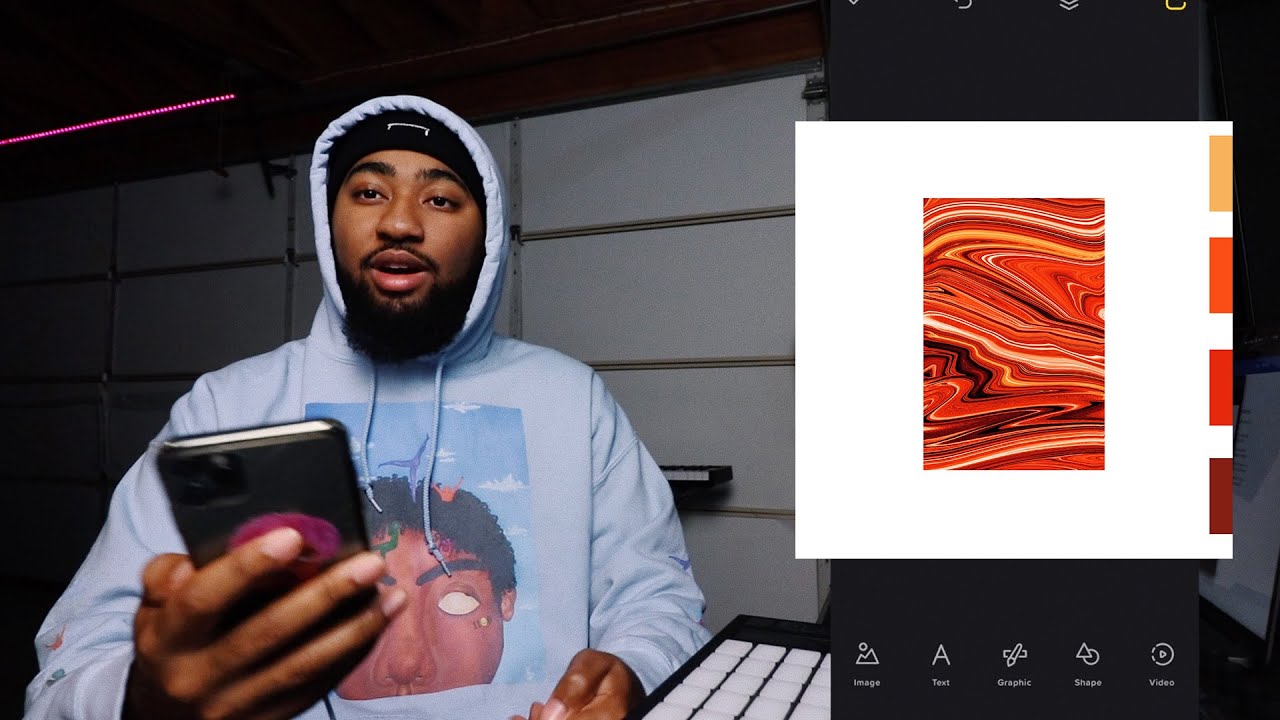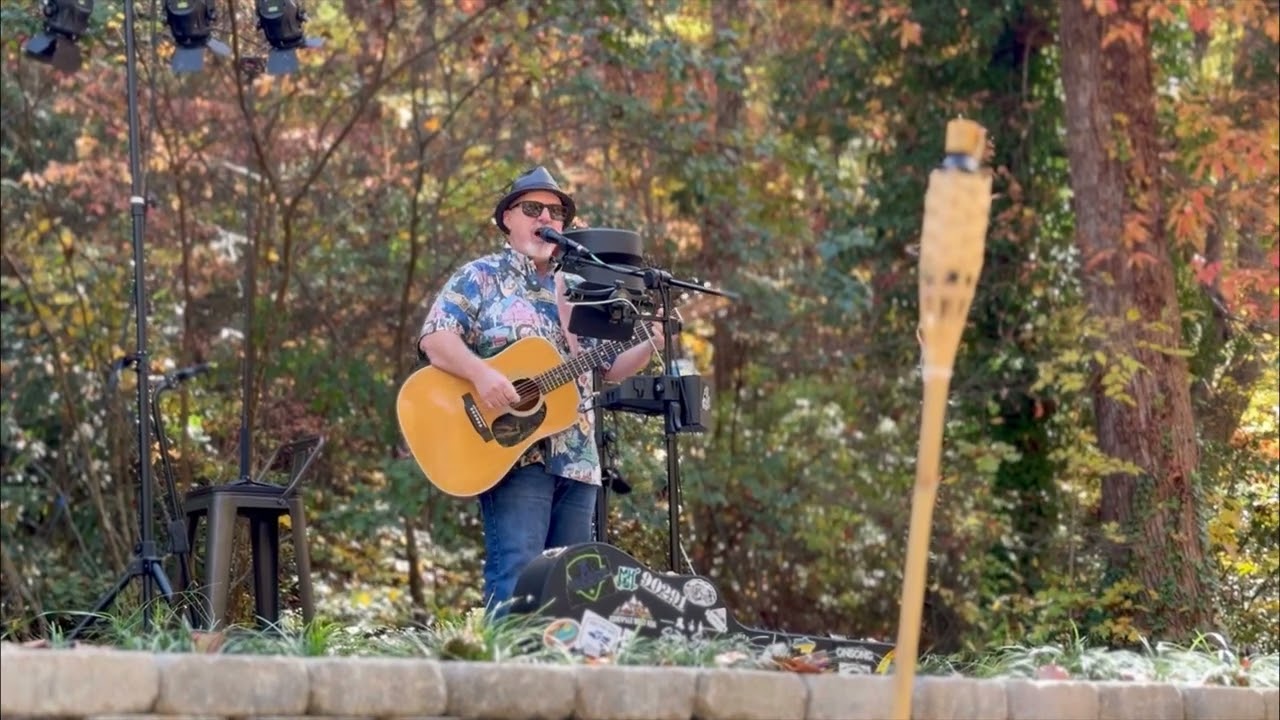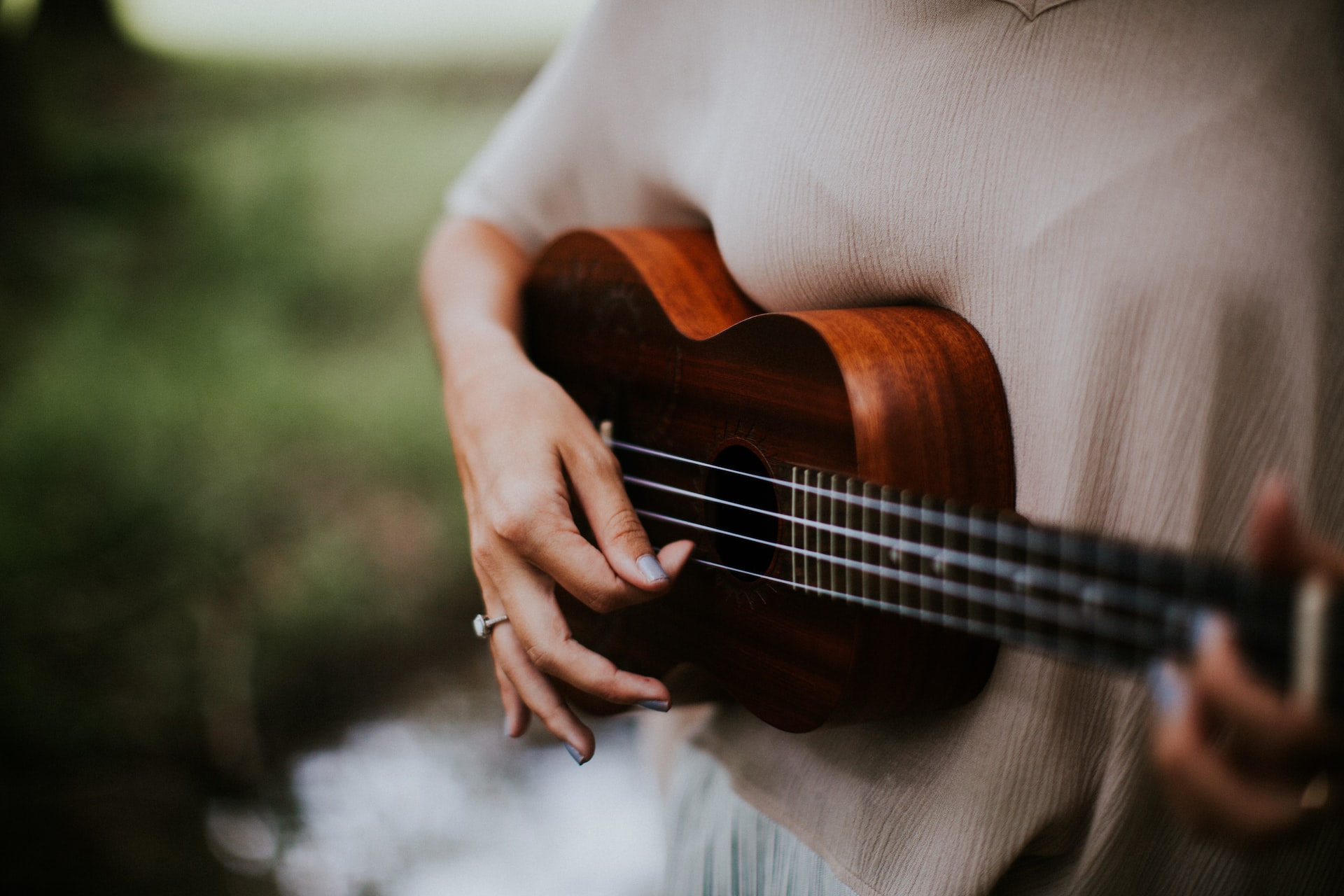Home>Production & Technology>Cover Song>How To Cite A Cover Song


Cover Song
How To Cite A Cover Song
Modified: January 22, 2024
Learn how to properly cite a cover song with our helpful guide. Find step-by-step instructions and examples for referencing cover songs in your work.
(Many of the links in this article redirect to a specific reviewed product. Your purchase of these products through affiliate links helps to generate commission for AudioLover.com, at no extra cost. Learn more)
Table of Contents
Introduction
When it comes to music, cover songs have become an integral part of the industry. Whether it’s a well-known artist putting their own spin on a popular hit or an up-and-coming musician paying homage to their favorite song, cover songs allow artists to showcase their creativity and interpretation.
With the popularity of cover songs on the rise, it’s important for musicians, journalists, and other creators to understand how to properly cite them. Just like any other form of creative work, it’s essential to give credit where credit is due.
In this article, we will explore the ins and outs of citing cover songs in different styles and formats, including MLA, APA, and Chicago styles. We’ll provide you with the necessary guidelines to ensure your citations are accurate and comply with the standards set forth by these style guides.
Additionally, we’ll offer some useful tips and best practices to make the process of citing cover songs a breeze. So whether you’re writing an article, creating a playlist, or simply want to acknowledge the artists behind the covers, this guide will equip you with the knowledge to do so effectively.
Now, let’s dive into the fascinating world of cover songs and how to properly cite them!
Understanding Cover Songs
Before we delve into the intricacies of citing cover songs, let’s first establish a clear understanding of what exactly a cover song is. A cover song is a rendition or performance of a song that was originally recorded and released by another artist.
Cover songs can take various forms. Some artists may choose to faithfully replicate the original version, while others may completely reimagine the song, putting their own artistic twist on it. Cover songs can span across different genres and can be found in diverse musical contexts, such as live performances, tribute albums, or even as bonus tracks on an artist’s album.
One important thing to note is that when citing a cover song, you are giving credit to both the original songwriter and the artist who performed the cover. This is essential in acknowledging their contributions and ensuring accurate citations.
Cover songs have a long history in the music industry. They offer artists the opportunity to showcase their talents, pay tribute to their influences, and connect with audiences on a familiar and nostalgic level. Cover songs can breathe new life into a beloved track or introduce listeners to a different interpretation.
Furthermore, cover songs can play a significant role in an artist’s career. Many successful musicians have gained recognition and popularity through their cover songs. Well-executed covers can captivate audiences and even surpass the popularity of the original version.
It’s important to remember that cover songs are subject to copyright laws, just like any other piece of music. Before recording and releasing a cover song, artists must obtain the necessary licenses and permissions to ensure legal compliance.
Now that we have a solid understanding of what cover songs are and their significance in the music industry, let’s explore the various citation styles for properly attributing cover songs in your work.
Citing a Cover Song in MLA Style
When citing a cover song in MLA style, it’s important to include key information to accurately credit both the original songwriter and the artist who performed the cover. Here’s a step-by-step guide on how to cite cover songs in MLA format:
- Start with the artist’s name who performed the cover. List their last name followed by their first name or initial.
- Next, provide the title of the cover song in quotation marks. Follow standard rules for capitalization and punctuation.
- Include the name of the original songwriter. List their last name followed by their first name or initial.
- Add the title of the original song in italics. Capitalize the significant words and use quotation marks for shorter works within the title.
- Include the name of the album or recording where the cover song is found. Italicize the title of the album and follow standard rules for capitalization and punctuation.
- Indicate the name of the label or production company that released the album or recording.
- Specify the year of the album or recording’s release.
- State the format of the recording, such as CD, digital download, or streaming.
Here’s an example of how to cite a cover song in MLA style:
Last Name, First Name. “Title of Cover Song.” Last Name, First Name of Original Songwriter. Title of Original Song. Album Title, Label, Year of Release, Format of Recording.
For instance:
Smith, Sara. “Hallelujah.” Cohen, Leonard. Hallelujah. The Covers Collection, Music Company, 2018, Digital Download.
It’s important to note that if you’re citing a live performance or a recording from a specific concert, you can include the venue, city, and date of the performance. Additionally, if you accessed the cover song online, you can include the URL or DOI at the end of the citation.
Now that you know how to cite a cover song in MLA style, let’s move on to how to cite them in APA style.
Citing a Cover Song in APA Style
When it comes to citing a cover song in APA style, the goal is to provide a clear and concise reference that includes the necessary information to credit both the original songwriter and the artist who performed the cover. Here’s a step-by-step guide on how to cite cover songs in APA format:
- Start with the artist’s name who performed the cover. List their last name followed by their first initial.
- Include the year the cover song was recorded or released in parentheses.
- Provide the title of the cover song in sentence case. Capitalize only the first word of the title and any proper nouns.
- Include the name of the original songwriter. List their last name followed by their first initial.
- Add the title of the original song in sentence case, followed by [Recorded by] or [Performed by] in square brackets.
- Specify the title of the album or recording where the cover song is found in italics.
- Indicate the location of the recording company or label.
- State the format of the recording, such as CD, digital download, or streaming.
Here’s an example of how to cite a cover song in APA style:
Last Name, First Initial. (Year). Title of Cover Song. Last Name, First Initial of Original Songwriter [Recorded by]. Title of Original Song. Location: Recording Company.
For instance:
Smith, S. (2018). Hallelujah. Cohen, L. [Recorded by]. Hallelujah. Music Company.
If you accessed the cover song online, you can include the URL or DOI at the end of the citation. Additionally, if you’re citing a live performance or a recording from a specific concert, you can include the location and the date of the performance.
Now that you’re familiar with citing cover songs in APA style, let’s move on to how to cite them in Chicago style.
Citing a Cover Song in Chicago Style
When citing a cover song in Chicago style, it’s important to follow the guidelines set forth by The Chicago Manual of Style to provide a comprehensive and accurate citation. Here’s a step-by-step guide on how to cite cover songs in Chicago format:
- Start with the artist’s name who performed the cover. List their last name followed by their first name or initial.
- Include the title of the cover song in quotation marks. Follow standard rules for capitalization and punctuation.
- Provide the name of the original songwriter. List their last name followed by their first name or initial.
- Add the title of the original song in italics. Capitalize the significant words and use quotation marks for shorter works within the title.
- Specify the name of the album or recording where the cover song is found. Italicize the title of the album.
- Indicate the location of the recording company or label.
- State the year of the album or recording’s release.
- Provide the format of the recording, such as CD, digital download, or streaming.
Here’s an example of how to cite a cover song in Chicago style:
Last Name, First Name. “Title of Cover Song.” Last Name, First Name of Original Songwriter. Title of Original Song. Album Title. Location: Recording Company, Year of Release. Format of Recording.
For instance:
Smith, Sara. “Hallelujah.” Cohen, Leonard. Hallelujah. The Covers Collection. Music Company, 2018. CD.
If you accessed the cover song online, you can include the URL or DOI at the end of the citation. Additionally, if you’re citing a live performance or a recording from a specific concert, you can include the venue, city, and date of the performance.
Now that you’re familiar with citing cover songs in Chicago style, let’s move on to some useful tips for citing cover songs in any style.
Tips for Citing Cover Songs
Citing cover songs may seem straightforward, but there are some important tips to keep in mind to ensure accurate and complete citations. Here are some helpful tips for citing cover songs:
- Verify the accuracy of your information: Double-check the names of the original songwriter, the artist who performed the cover, the album or recording title, and the release year. Accuracy is crucial in providing proper attribution.
- Include relevant details: Depending on the context and requirements of your citation style, consider including additional information such as the location, venue, or date of a live performance. These details can enhance your citation and provide more context.
- Be consistent with your citation style: Choose a citation style (such as MLA, APA, or Chicago) and adhere to its guidelines consistently throughout your work. Consistency ensures professionalism and helps readers and researchers easily locate the sources you’ve referenced.
- Consider the medium of the cover song: If the cover song is released on various platforms (CD, digital download, streaming, etc.), specify the format in your citation to provide a complete and clear reference.
- Acknowledge cover songs within larger works: If you’re discussing cover songs within a larger work, such as an article or academic paper, you can mention the cover song and its citation in the text, and provide a full reference in your bibliography or works cited page.
- Include appropriate formatting and punctuation: Follow the formatting rules for your chosen citation style. Use quotation marks for song titles, italics for album titles, and proper capitalization for all elements.
- Use online databases and resources: Consult reputable online databases, websites, and music streaming platforms to gather accurate information about cover songs. These resources often provide complete and up-to-date information on cover songs.
- Seek guidance from style guides: If you encounter specific questions or uncertainties regarding citing cover songs, refer to the official style guides like the MLA Handbook, APA Publication Manual, or The Chicago Manual of Style for clarification.
By following these tips, you can ensure that your citations for cover songs are comprehensive, accurate, and consistent with the guidelines of your chosen citation style.
Now that you have a solid understanding of citing cover songs and some useful tips, you can confidently attribute cover songs in your work and give proper credit to the original songwriter and the performing artist.
Let’s conclude our journey through the world of cover songs.
Conclusion
Cover songs are a captivating and important aspect of the music industry, allowing artists to pay homage to their influences, showcase their creativity, and connect with audiences in a unique way. When citing cover songs, it is vital to give credit to both the original songwriter and the artist who performed the cover.
In this article, we explored the process of citing cover songs in various styles, including MLA, APA, and Chicago. Each style has its own specific guidelines, but the core elements to include in a citation are the artist’s name, the title of the cover song, the name of the original songwriter, the title of the original song, the album or recording title, the recording company, the year of release, and the format of the recording.
Additionally, we shared some valuable tips to enhance the accuracy and completeness of your citations, such as verifying information, being consistent with your chosen citation style, including relevant details, and using reputable online resources.
By properly citing cover songs, you not only give credit where credit is due, but you also contribute to the preservation of the history and legacy of these musical renditions. Furthermore, accurate citations enable readers and researchers to easily locate and reference the sources you’ve used.
Whether you’re writing an article, creating a playlist, or simply expressing your appreciation for cover songs, understanding how to cite them is essential. By following the guidelines and tips outlined in this article, you are equipped with the knowledge to navigate the world of cover song citations confidently.
So, go ahead and acknowledge the original songwriters and the talented artists who bring beloved songs to life through their cover versions. Let’s continue to celebrate the artistry and diversity of cover songs!











